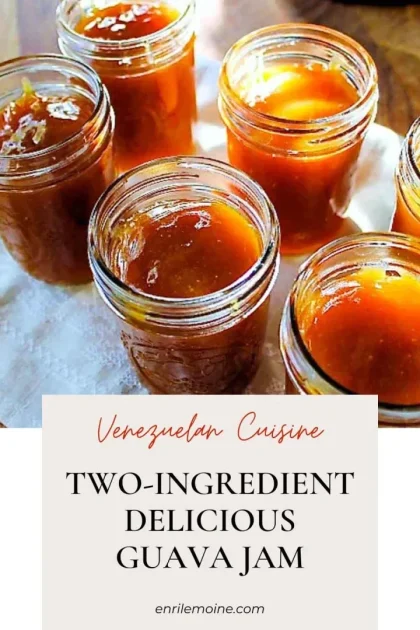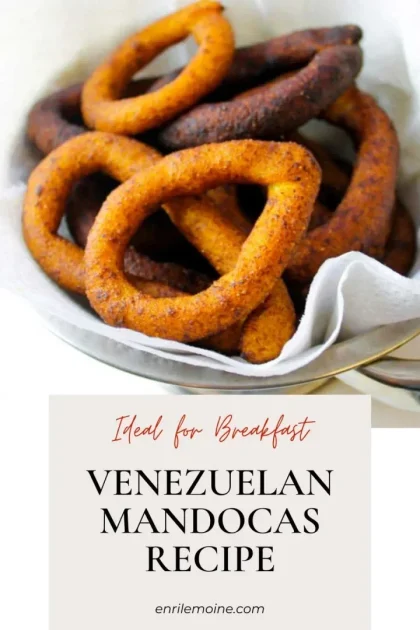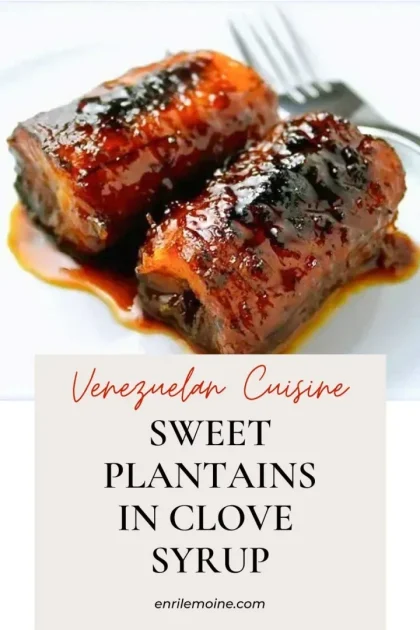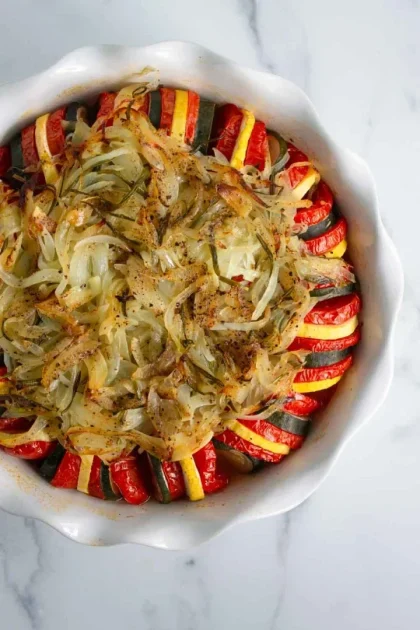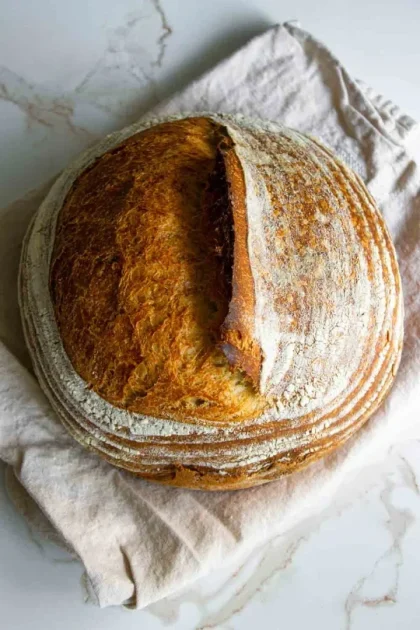This is the most delicious and easy-to-make pan de jamón (ham bread) you can dream of! First of all, it comes packed with one whole pound of ham. Second, you do not have to knead anything! Here, the kneading work, usually the most laborious part of making bread, is made by a Kitchen Aid.

Note: As a member of the Amazon Affiliate Program and other affiliate programs, I receive compensation for products sold through the affiliate links in this post at no cost to the buyer.
Homemade Pan de Jamón

I made my first pan de jamón the same year my good friend Miro Popic published his book El libro del pan de jamón y otros panes. I attended Journalism School in Caracas and worked as a writer in Pandora, the weekly magazine that came on Saturdays with El Nacional. My editor assigned me to interview Miro.
A pioneer making homemade pan de jamón, Miro gave me an autographed copy of his book. I treasured it for decades until I lost it while buying Christmas presents in a Caracas mall more than 15 years ago.

Born in Chile, Miro enormously contributed to Venezuelan gastronomy and culinary traditions. His book was a gift to those willing to knead and bake pan de jamón. There, he shared all the secrets to making a recipe synonymous with Venezuelan Christmas. Pan de jamón is part of our Christmas menu as the hallaca, chicken salad, and ponche crema.
Making pan de jamón for Christmas and New Year’s Eve became a consistent tradition in my kitchen, thanks to Miro. Everything was going very well until I discovered La Cava do Iria: a bakery owned by Portuguese bakers, of course, in Santa Eduvigis, in Caracas. They made and sold the best ham bread I’ve ever tasted.
Venezuelan Pan de Jamón: A bread and a cherished tradition

Then, I decided to focus on my Rum Christmas cake and cookies and leave the pan de jamón business to the Portuguese, blessed with the gift of making bread.
On Christmas 2007, already living here in Southern California and craving a good pan de jamón, I decided to put my hands in the dough again. I had to resort to common sense. The reason: I couldn’t find a full version of Miro’s recipe on the internet.
And my precious Mi Cocina a la manera de Caracas, by Armando Scannone, that cooking Bible we Venezuelans treasure, wasn’t available either. It came with all my belongings on a ship that only arrived at the Port of San Pedro in Los Angeles five months later.
How to stuff a good pan de jamón

In addition to common sense, which, as we know, is not the most common of the senses, I put a lot of all the stuffing a pan de jamón must have: ham, of course; manzanilla olives stuffed with piquillo pepper, and raisins, raisins, and more raisins because in the end, that’s what Christmas is for to celebrate abundantly and with abundance.
What is the best ham to make pan de jamón
The name of this bread is pan de jamón. I fill each loaf with a pound (456 grams) of the best quality ham. My favorites are the Black Forest and honey baked. I like my ham thinly sliced. I don’t remember if Miro’s bread had bacon on it, but I added two slices of bacon, and the flavor contribution was worth every calorie.

When I began making my panes de jamón, I limited myself to covering the dough with the ham and the rest of the filling (as shown in the picture above.) But from watching Claudio Nazoa make his bread in a video, I adopted his filling method, which I explain below. Just in case, Claudio Nazoa is a Venezuelan humorist and another pan de jamón crusader.
What kind of olives are the best for making this recipe
I use pitted manzanilla olives stuffed with piquillo pepper. For me, manzanilla olives have the perfect size for this recipe. Unpitted olives are forbidden. Period. Gordal olives, which are delicious and fleshy, are too big for the delicacy of a pan de jamón should be.

When I started making pan de jamón, I sliced the olives and spread them over the ham. Now, I also add a row of whole olives. These olives go one inch away from one of the edges of the dough.
Then, I cover those olives with the dough and, with my fingers, press down on the dough base to ensure the olives stay in place. This little trick guarantees that each slice of bread has an olive in the center.
Can I make pan de jamón with turkey?
Yes, you can use turkey to make this bread. The only thing is that it would not be pan de jamón, but pan de pavo, instead. This option is perfect for people who do not eat pork. If you choose to make the turkey version, don’t leave out the turkey bacon.

But, if you accept a suggestion, add a handful of dried cranberries to the olives and raisins. Also, increase the amount of melted butter you brush the dough. Everything else is equal.
Tips to make the perfect pan de jamón dough
Pan de jamón is undoubtedly the most delicious savory bread Venezuelans enjoy during the holidays. I wrote the following in September 2021, almost ten years after sharing my recipe.

These are tips that result from my experience over all the years, especially since I moved to Miami, where I make my bread for sale during the holiday season:
- Reserve at least three hours to make this recipe. Keep in mind you cannot make bread in a hurry.
- Make sure the yeast is active before making the mise en place. You can only know this by putting the yeast in lukewarm water with sugar. If the yeast foams, then you’re good to go.
- Let your Kitchen Aid mixer (or equivalent) knead using the spiral hook. You can also do hand kneading.
- Make a ball when the dough reaches a smooth, elastic texture and consistency.
- Brush a bowl with a few drops of oil (I use EVOO) and grease the dough on the outside. Cover the dough with a clean kitchen towel or plastic wrap. Allow the dough to rise until it doubles in size.
- Once the dough has doubled on a floured surface, shape it into a rectangle with your fingers, then stretch it with a rolling pin until you reach the desired size and thickness.
- If there comes a time when the dough doesn’t stretch, but it still doesn’t have the desired dimensions and thickness, it means it’s “stressed.” Flip it over and let it rest for a minute, and you’ll see how easy it is to continue stretching.
Tips for an abundant pan de jamón stuffing

- Put a good layer of ham on top of the olive’s row. Make sure the slices overlap each other. Half of the ham slices must be outside the dough. Then, when you roll your bread, it will make it very plumpy in the center.
- Cover the rest of the dough with the rest of the ham, carefully leaving about 4 inches uncovered. Instead of spreading the ham, fold it like a “ruffle.” By doing this, you’ll see lots of ham when slicing.
- Once you roll your bread, make a few cuts in the dough uncovered by ham, starting from the center and dividing into two, four, and then eight strips. With those strips, wrap the bread.
- Let it rest for half an hour when you have your bread assembled.
- Preheat your oven to 350F ahead of time to ensure uniform baking temperatures.
- Before putting the bread into the oven, give it an egg wash with papelón syrup (piloncillo). If you don’t have papelón handy, add the same amount of molasses to the egg wash.
- Immediately after removing the bread from the oven, brush it with melted butter.
- Let cool completely before slicing.
Best homemade pan de jamón recipe
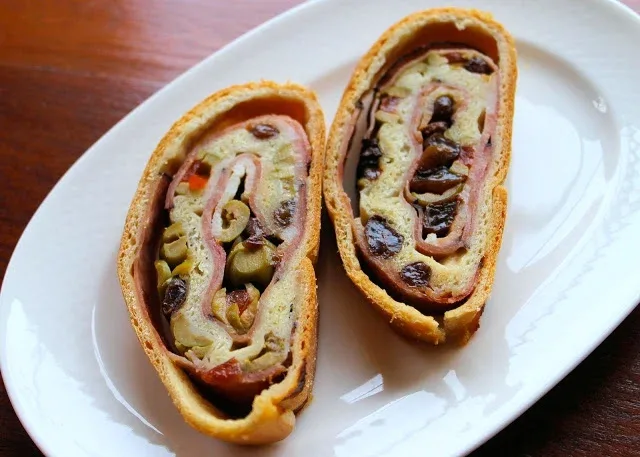
Here is my pan de jamón recipe. I hope you like it as much as we do. Thanks for subscribing to my Youtube channel and for visiting my Amazon store.
Venezuelan Pan de Jamón Recipe
Ingredients
- ¼ cup tepid water
- 1 tablespoon sugar
- 1 teaspoon yeast
- 420 grams all-purpose flour
- 3 eggs 2 for the dough and 1 for the egg wash
- 1⅓ cup + 1 tablespoon tepid milk
- 4 tablespoons butter, melted 2 tablespoons to make the dough, and the rest to assemble the bread, and finishing it)
- 1 tablespoon brown sugar
- 2 bacon strips
- 1 pounds ham thinly sliced
- 20 Manzanilla olives stuffed with piquillo pepper whole
- ½ cup manzanilla olives stuffed with piquillo pepper sliced
- ½ cup raisins
- ½ cup blond raisins
- 1 tablespoon papelón syrup piloncillo syrup, you can substitute with molasses
Instructions
- Dissolve the white sugar in the water.
- Add the yeast and let it rise for about 15 minutes.
- Once the yeast has risen, add the flour, yeast water, milk, two eggs, and three tablespoons of melted butter in the bowl of a mixer with the kneading hook.
- Process until a smooth dough forms. You may need to add a little more flour.
- Make a ball with the dough in a large bowl with a few drops of olive oil. Brush the dough with the same oil to prevent it from drying out and cracking. Cover it with a damp kitchen towel or plastic wrap and let it rise for at least half an hour or until it doubles in size.
- Preheat the oven to 350°F.
- On a floured surface, with a rolling pin, roll the dough into a rectangle measuring 15 by 20 inches and ¼ inch thick (40 cm x 50 cm and 5 mm thick.)
- Brush the dough with melted butter.
- Spread the brown sugar over the dough.
- Make a row with the whole stuffed olives on the edge that will be the center of the bread. Wrap the olives with the dough, and press with your fingers to ensure the olives stay in place.
- Add a good layer of ham on top of the olives row. Ham slices must overlap each other.
- Cover the rest of the dough with ham. Leave about 3 inches of dough uncovered. Instead of spreading the ham, put it folded or as if it were a ruffle.
- Add the bacon strips.
- Sprinkle with sliced olives and raisins.
- Roll up carefully. The idea is that the roll is not tight but somewhat loose.
- Make a few cuts in the dough that remain uncovered, starting from the center and dividing into two, four, and eight strips. Wrap the loaf with those dough strips.
- With a fork, prick the bread all the way through.
- Cover a baking sheet with parchment paper or a silicone baking dish.
- Transfer the bread to the baking tray. Cover it with a clean towel and let the bread rise for half an hour.
- In a bowl, make an egg wash. Beat the remaining egg with papelón syrup (or molasses) and brush the loaf.
- Bake for 30 minutes, rotating the tray every 10 minutes.
- The bread is ready once the crust is evenly golden.
- Remove from the oven and brush the loaf with melted butter.
- Let cool completely before slicing.
Video
Nutrition
Notes
Did you make this recipe?
Tag @enrilemoine on Instagram and hashtag it #byenrilemoine. Thank you!
- 2-Ingredient Venezuelan Guava Jam Recipe - June 26, 2025
- Venezuelan Mandocas Recipe – A Sweet & Savory Ripe Plantain Treat - June 19, 2025
- Sweet Plantains in Clove Syrup (Venezuelan Plátanos en Dulce) - June 14, 2025

